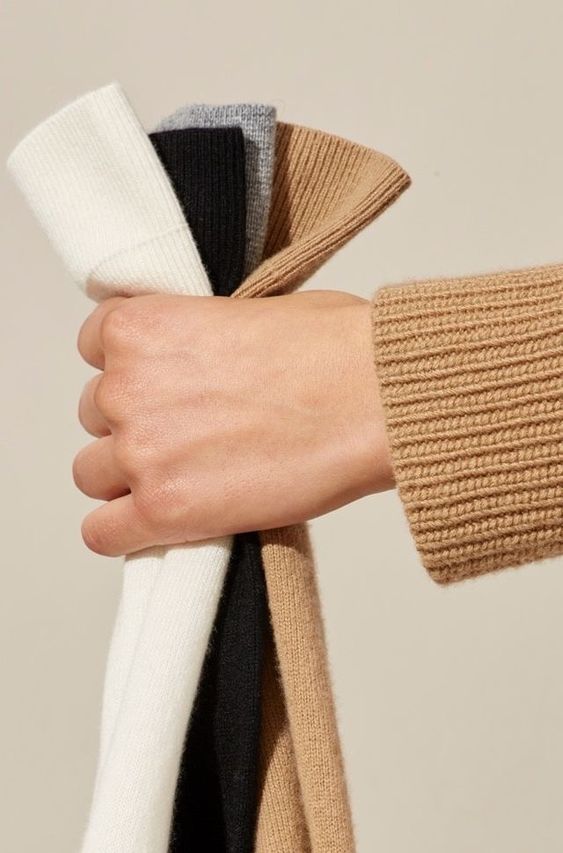In this part of the blog, we’ll be talking about organic cashmere: does it really exist Can you buy them ?
Recycled cashmere: how is it recycled ? Is it really ecological ? Is the quality of this type of cashmere up to scratch ?
And finally, grade A cashmere, which is flourishing everywhere: does this designation make sense ? What makes A-grade cashmere better than B-grade ?
Explore our blog for answers to all these questions. You’ll discover that organic cashmere is produced in such small quantities that it’s virtually impossible to find, and that those who claim to sell organic cashmere are playing with words: there’s nothing organic about their cashmere.
You’ll also learn that recycled cashmere is expensive, of low quality, and requires the injection of 50% quality cashmere. What’s more, it requires a lot of water and chemicals. In short, we have every right to question the value of this material, at least in the current state of recycling techniques. But at Mahogany, we’re working on a project to recycle quality Cashmere. There will be one constraint: it will be a navy blue and black collection.
Finally, grades A, B and C have no normative or legal value. It’s a concept created by certain spinning mills to highlight their production in relation to competitors who are sometimes better, but not based on the same criteria. To sum up the situation: all Cashmere brands claim to produce A-grade ! So it’s not relevant information for the buyer.
At Mahogany, we aim to explain Cashmere to you in the fairest, most open-minded way possible. Our aim is to give you the tools you need to understand cashmere and the other noble materials we work with: yak, baby alpaca, camel and vicuña.
Please don’t hesitate to ask us questions and post comments on our blog.
Happy reading and discovery.
Our other Cashmere articles
Cashmere trends
All about recycled Cashmere
All about organic cashmere





